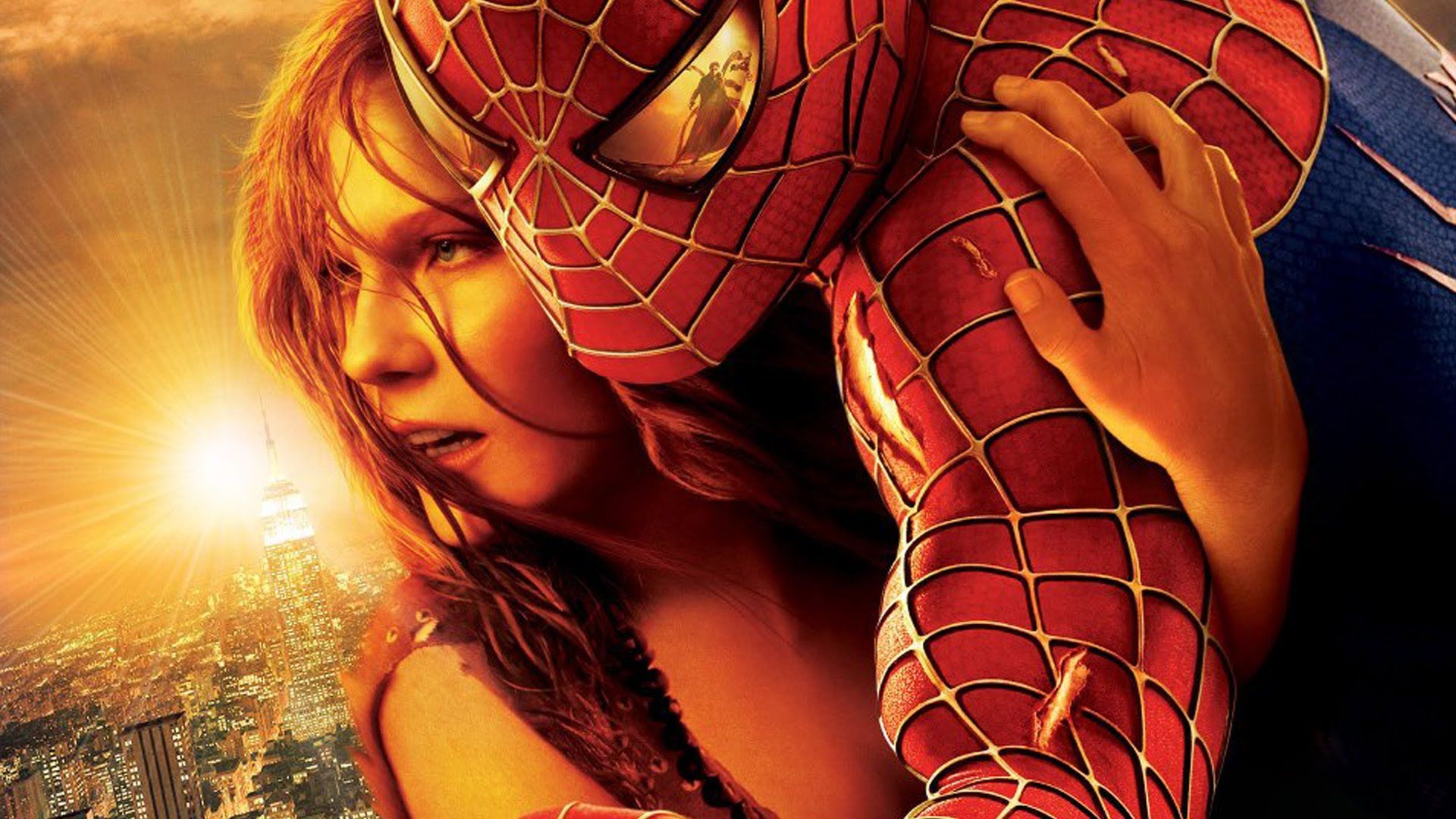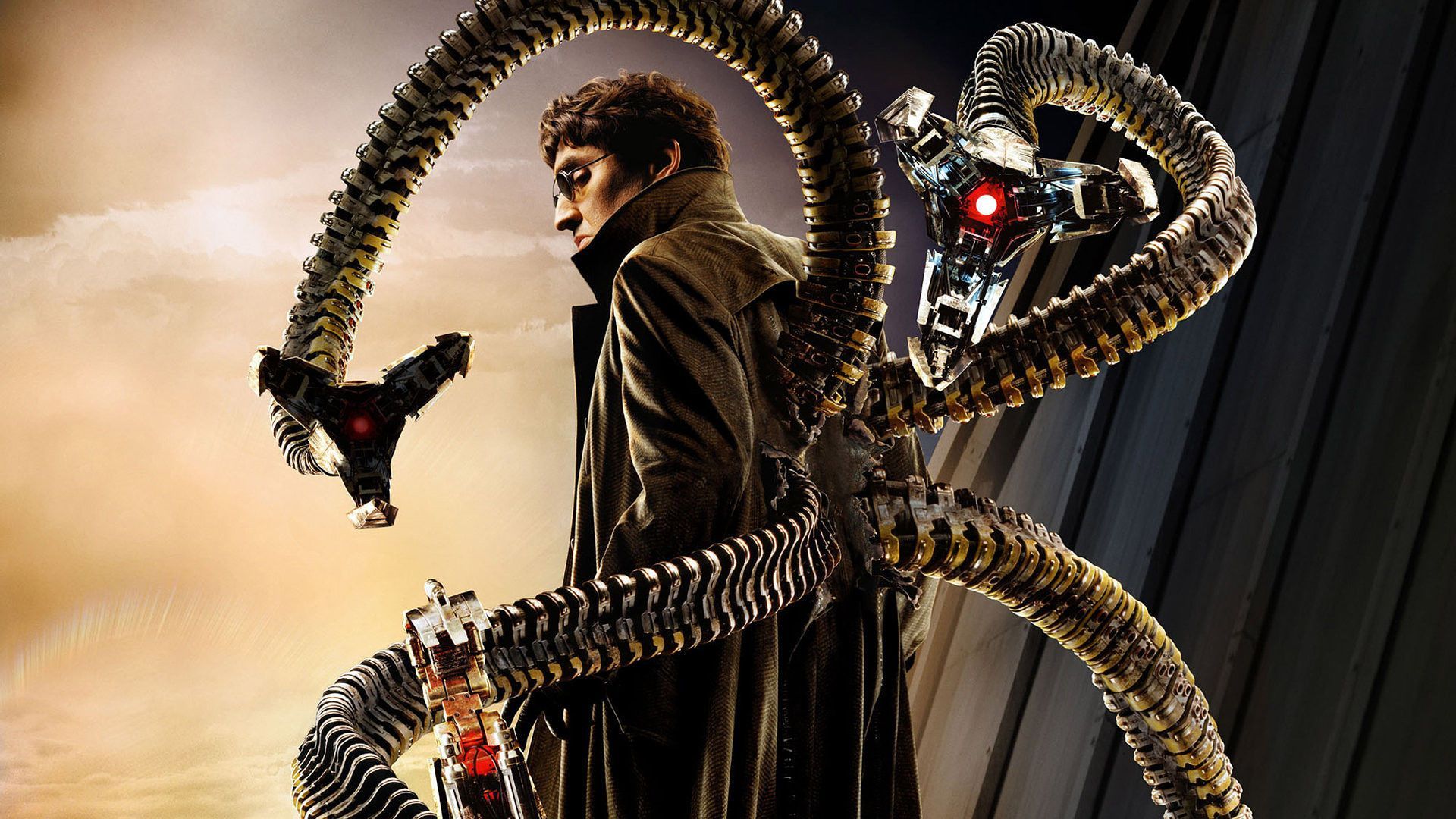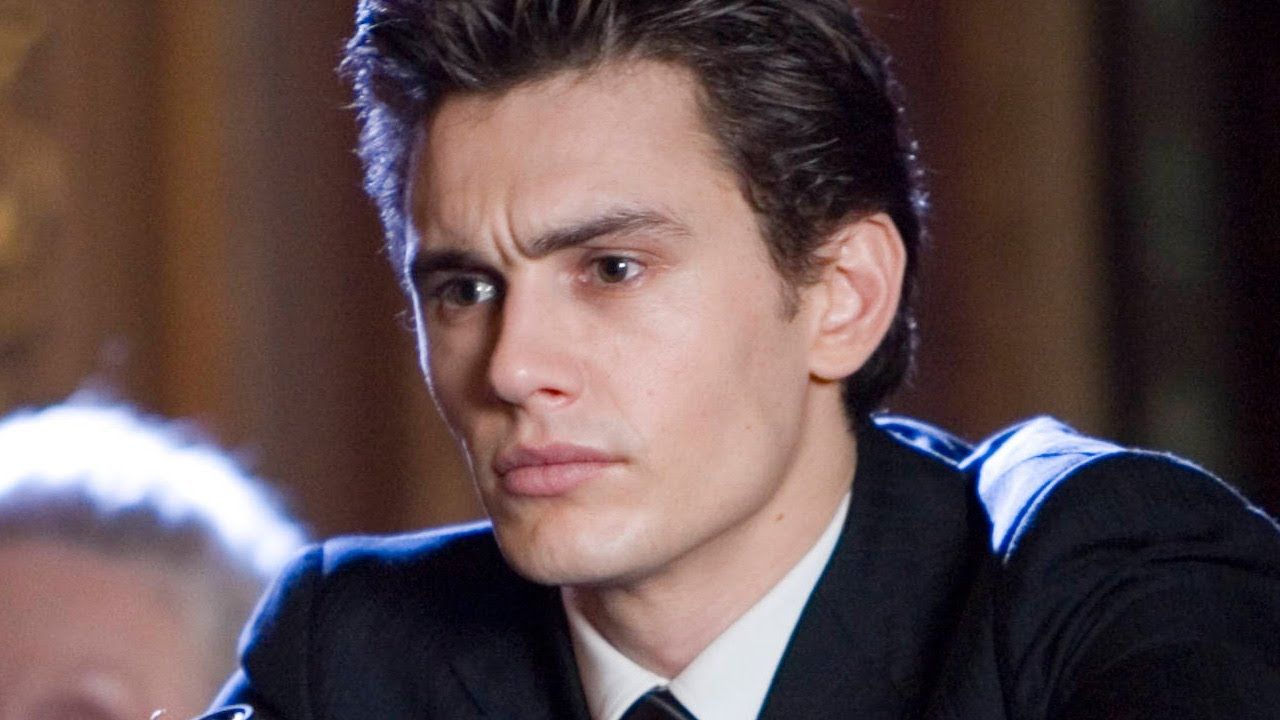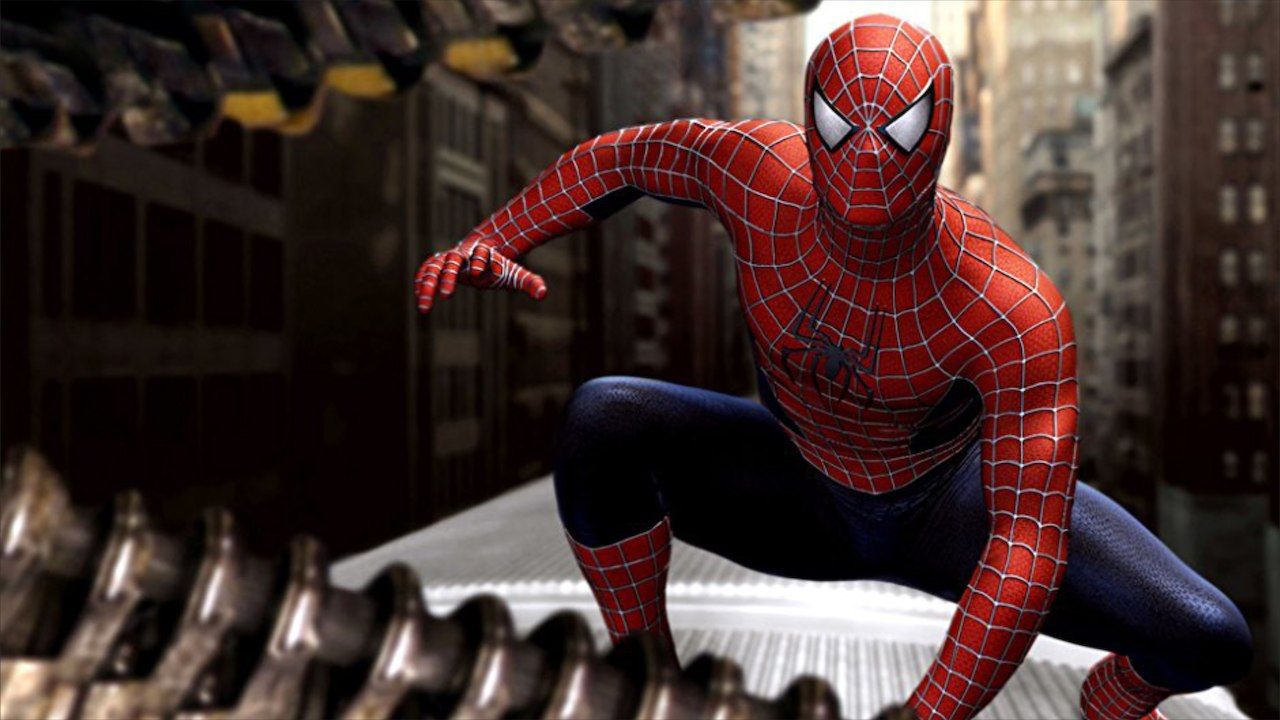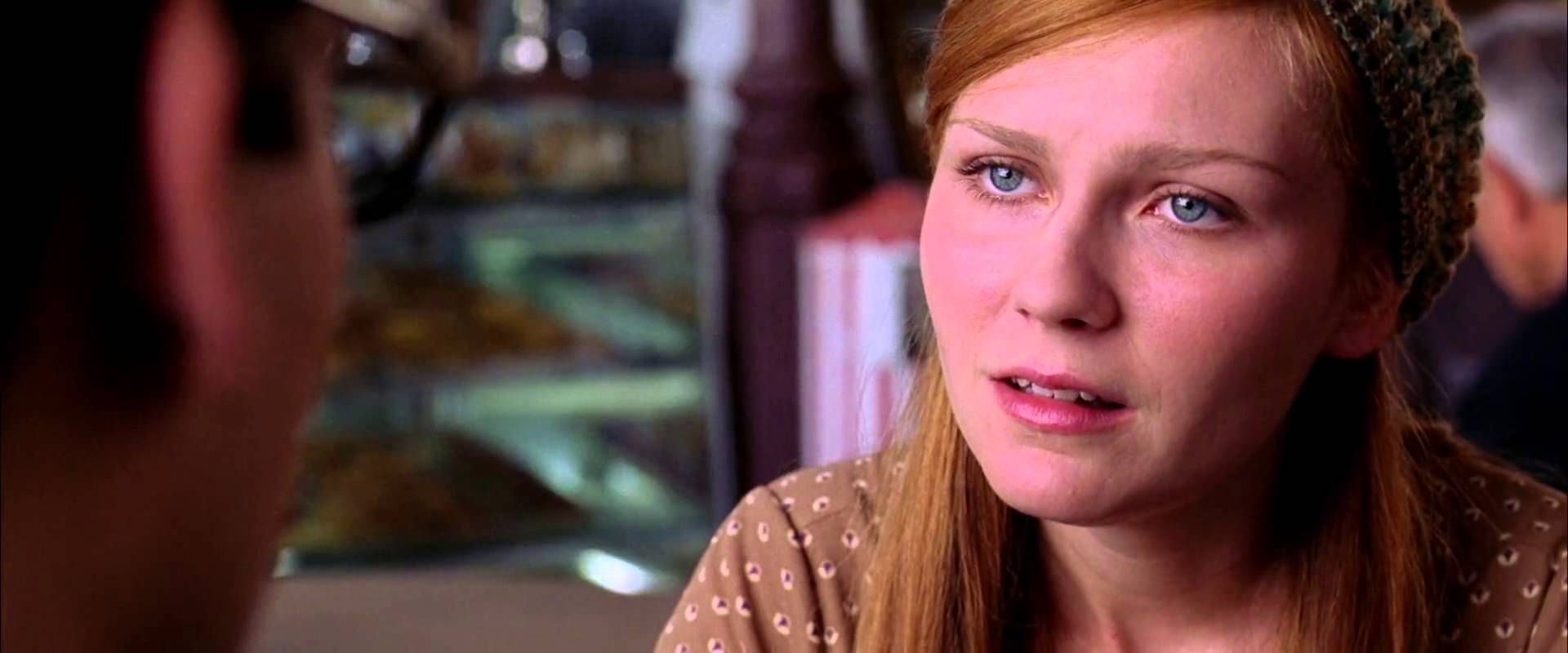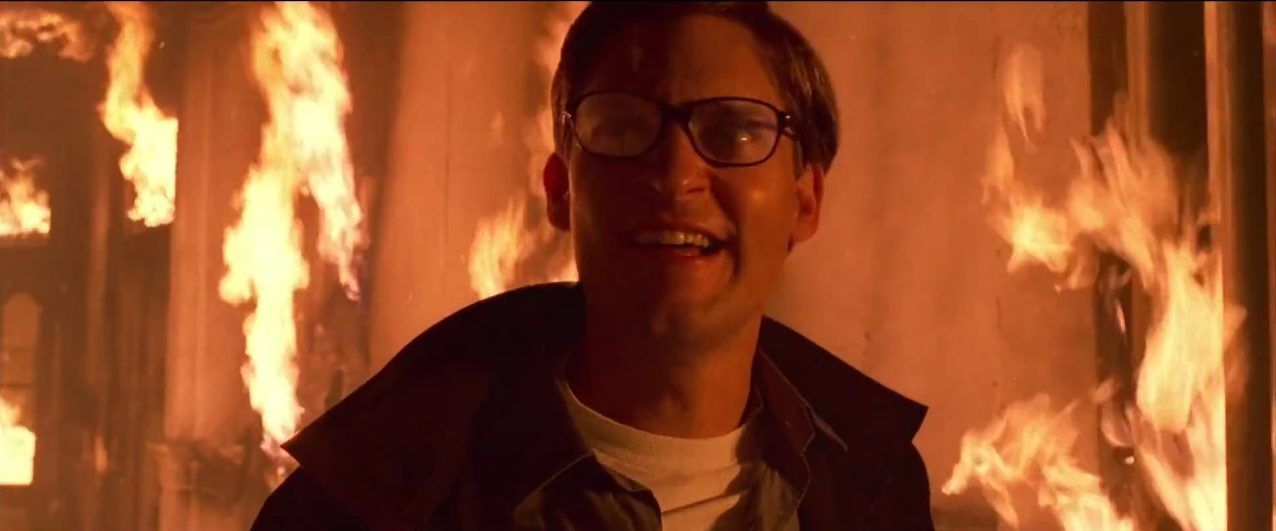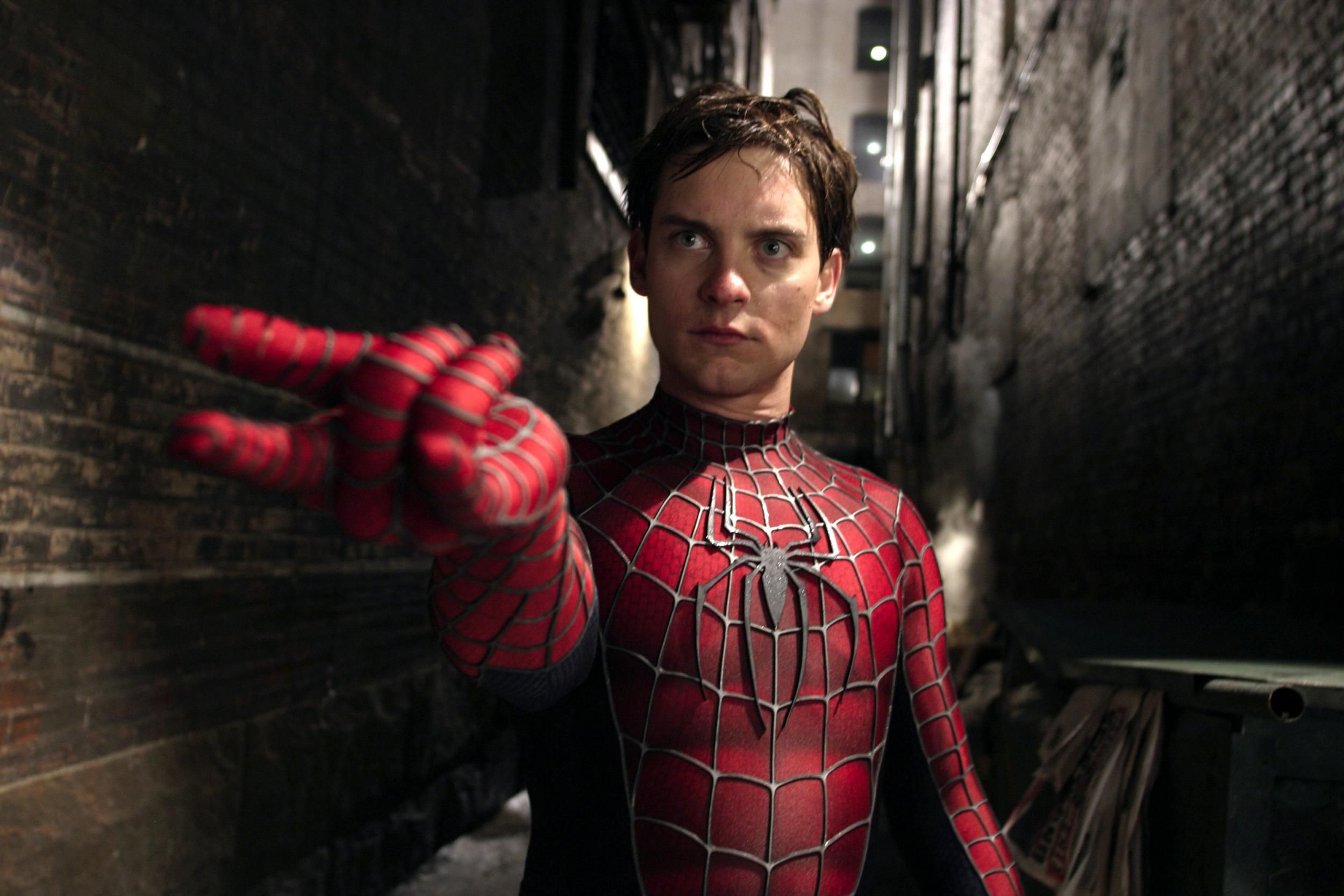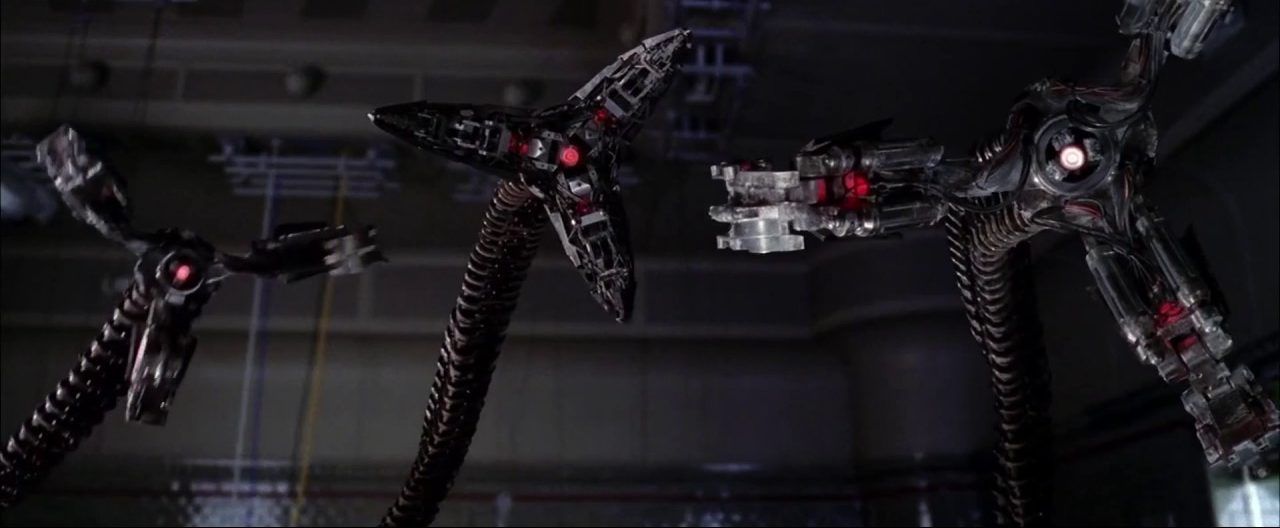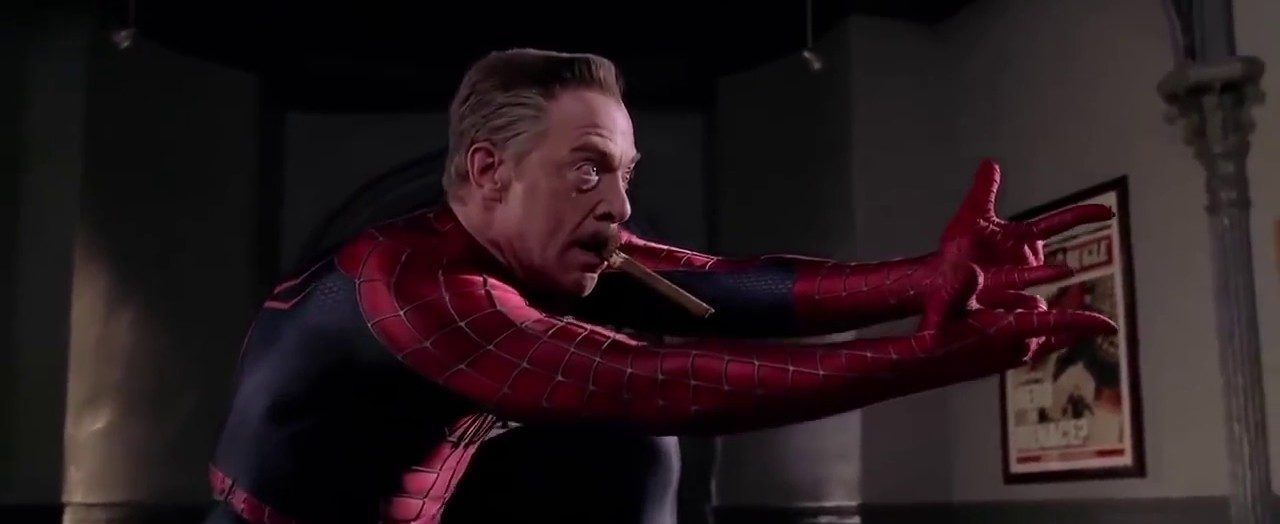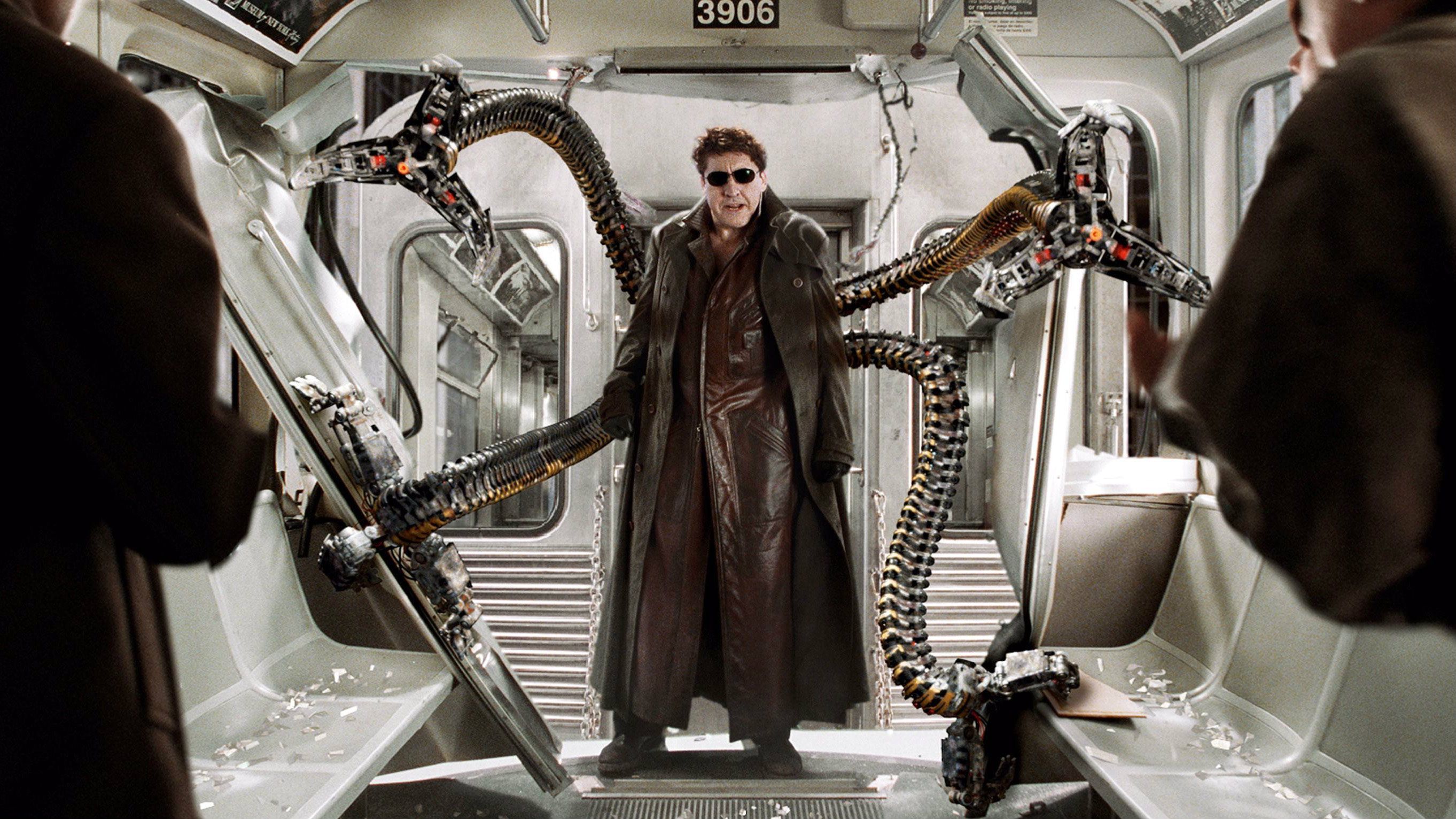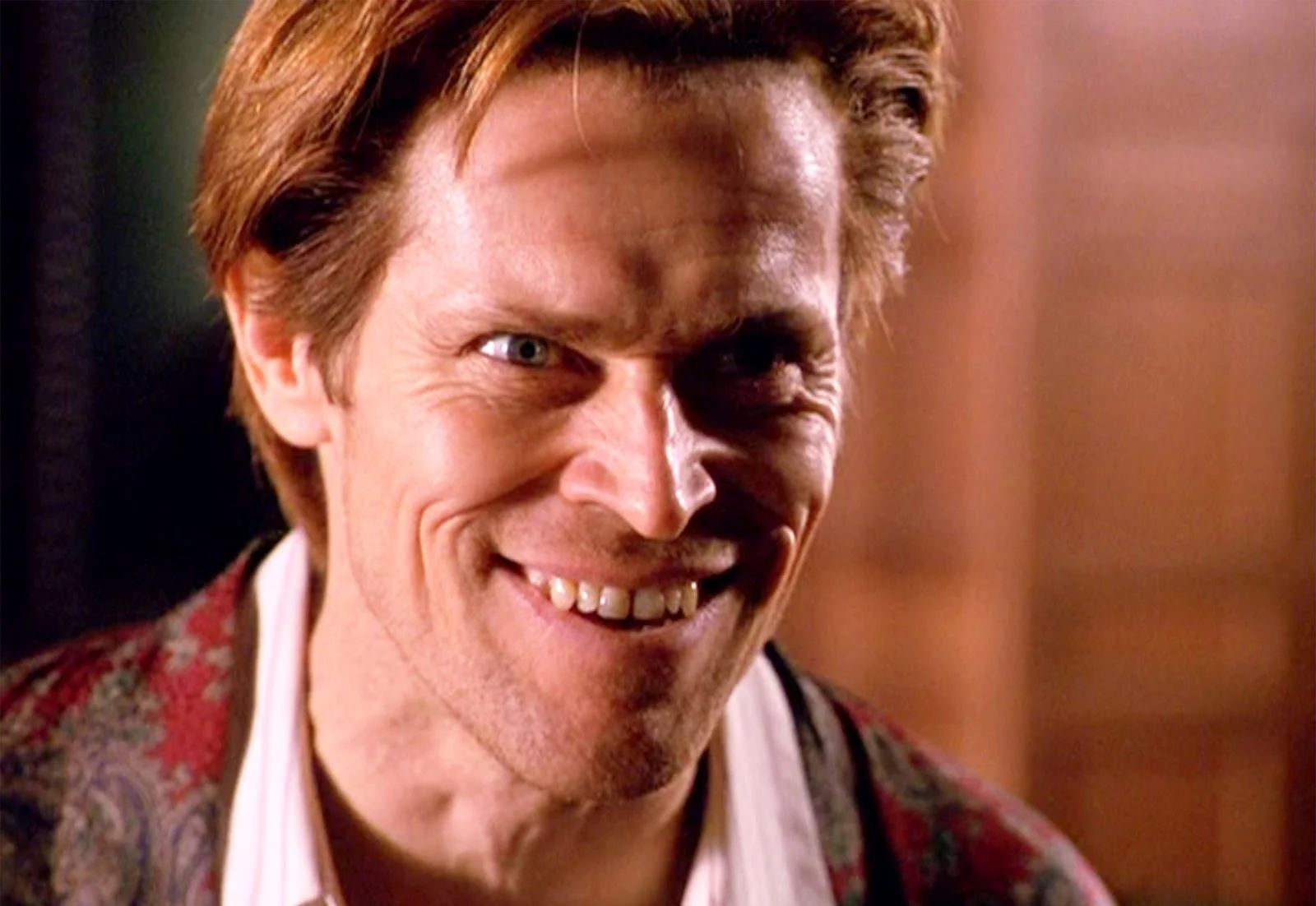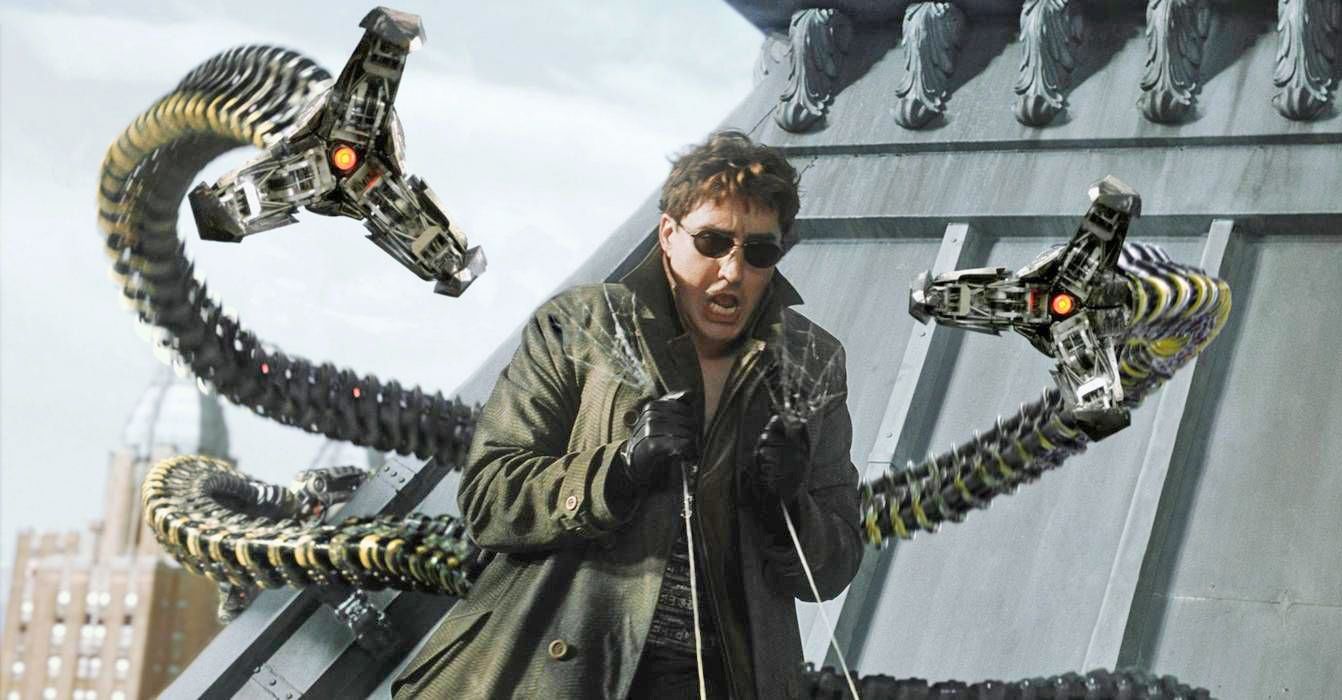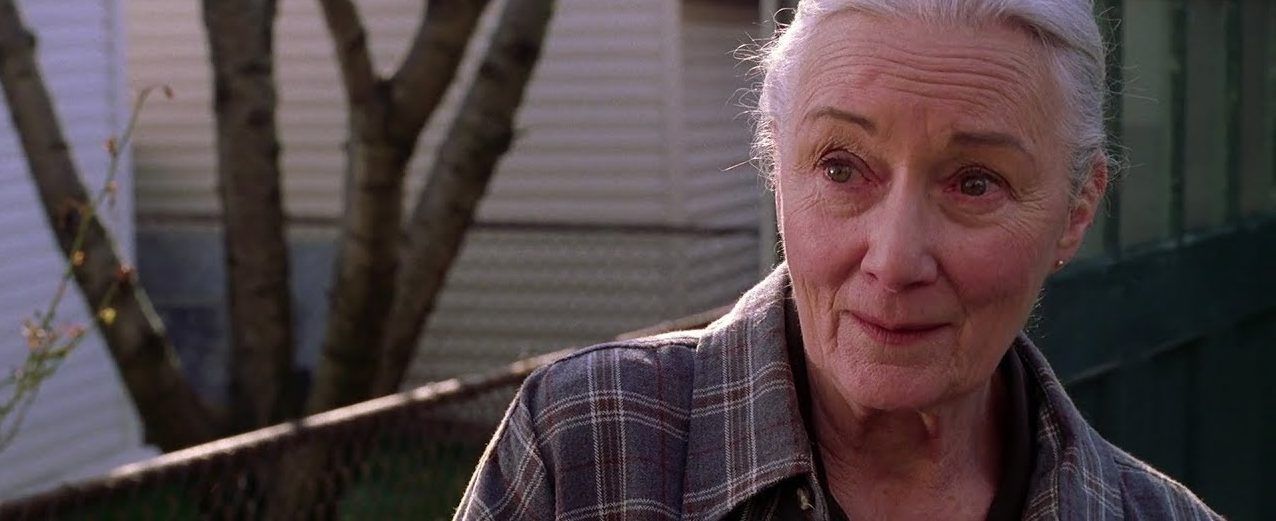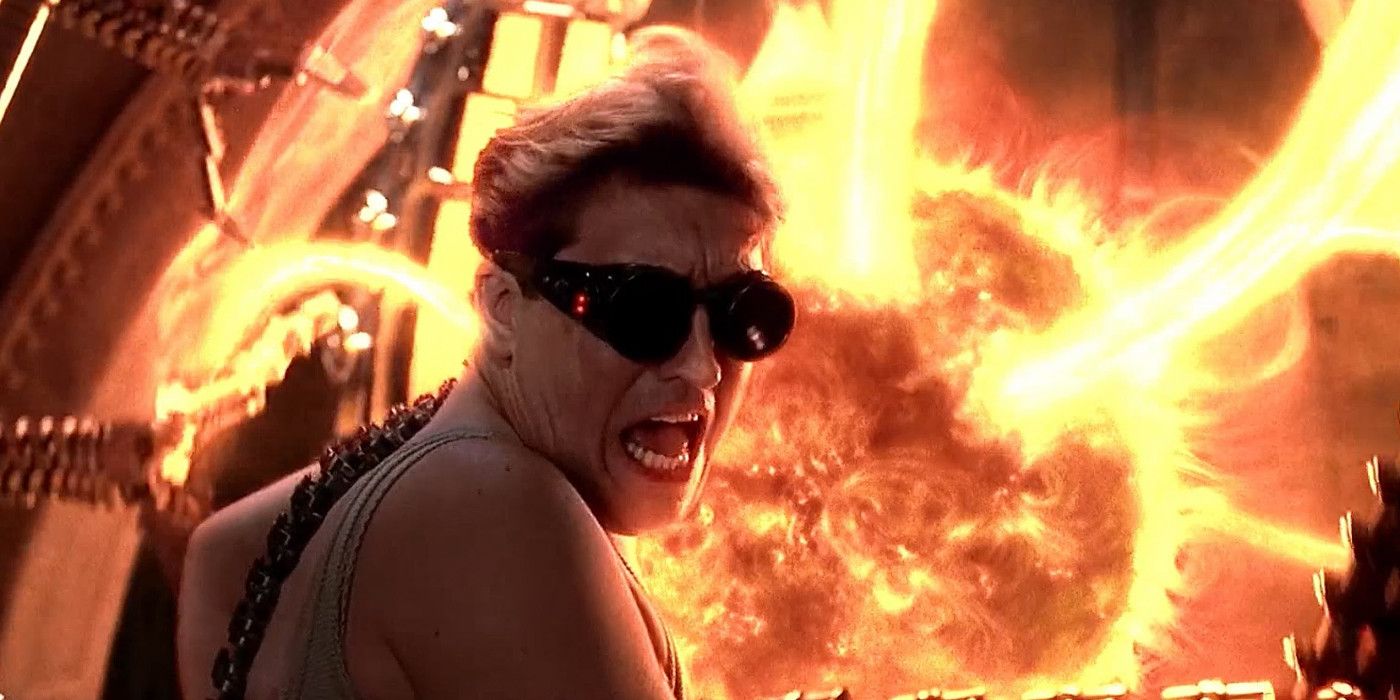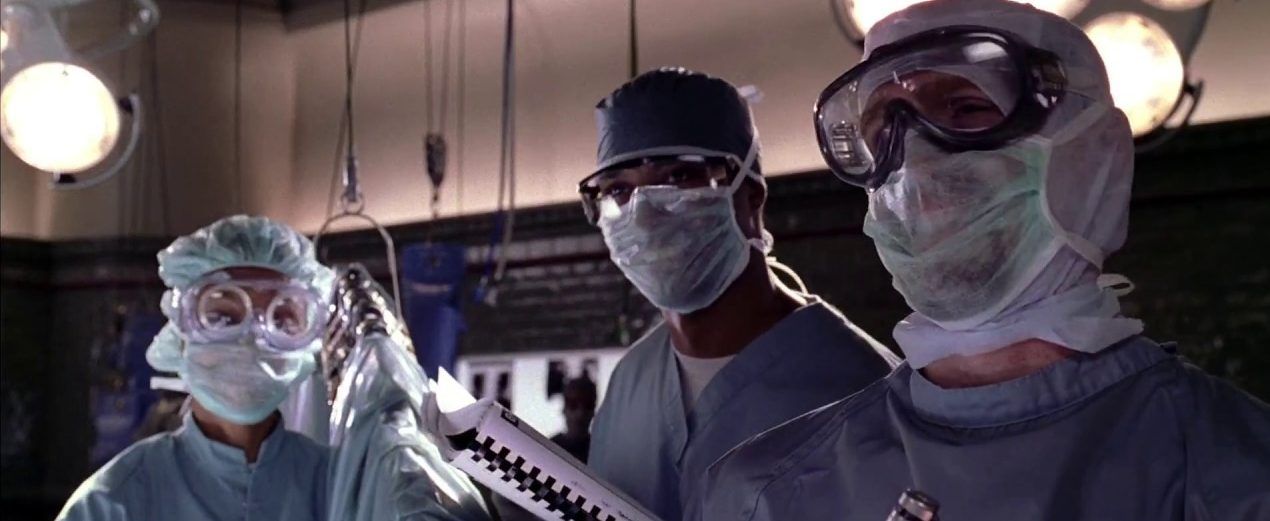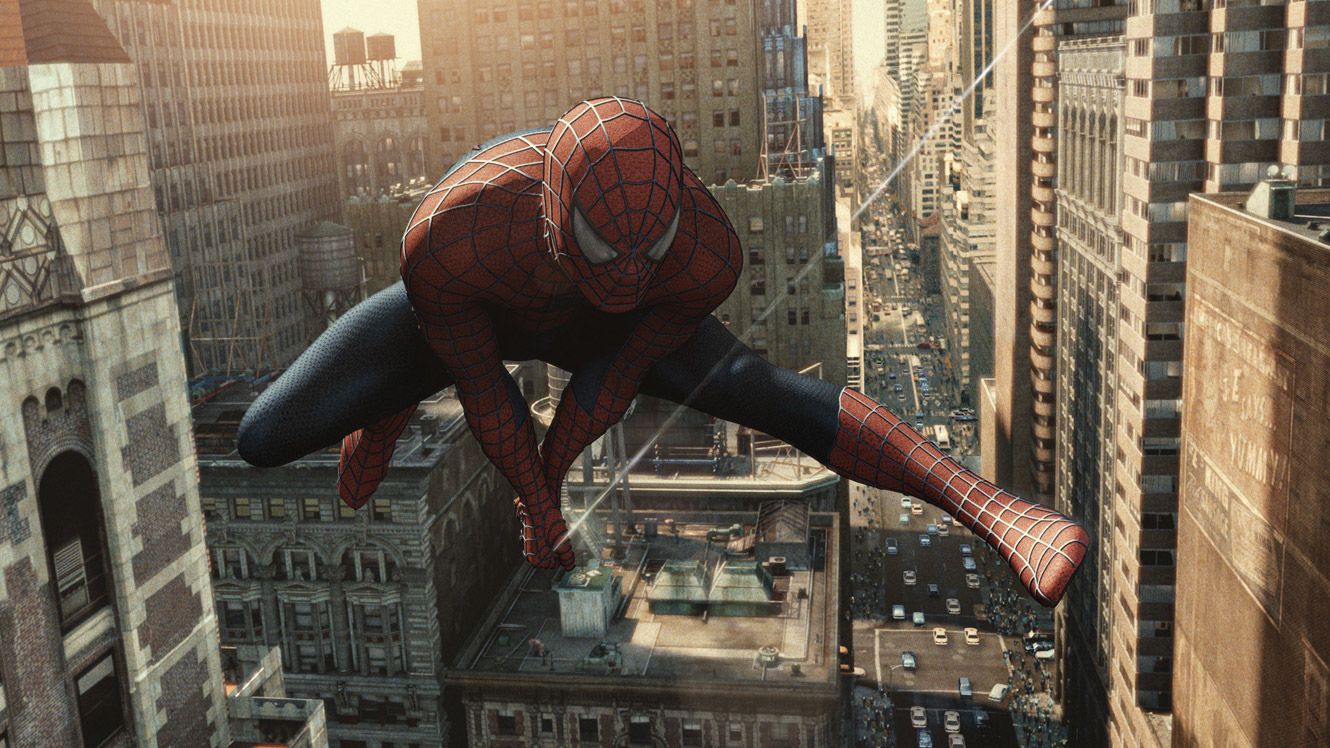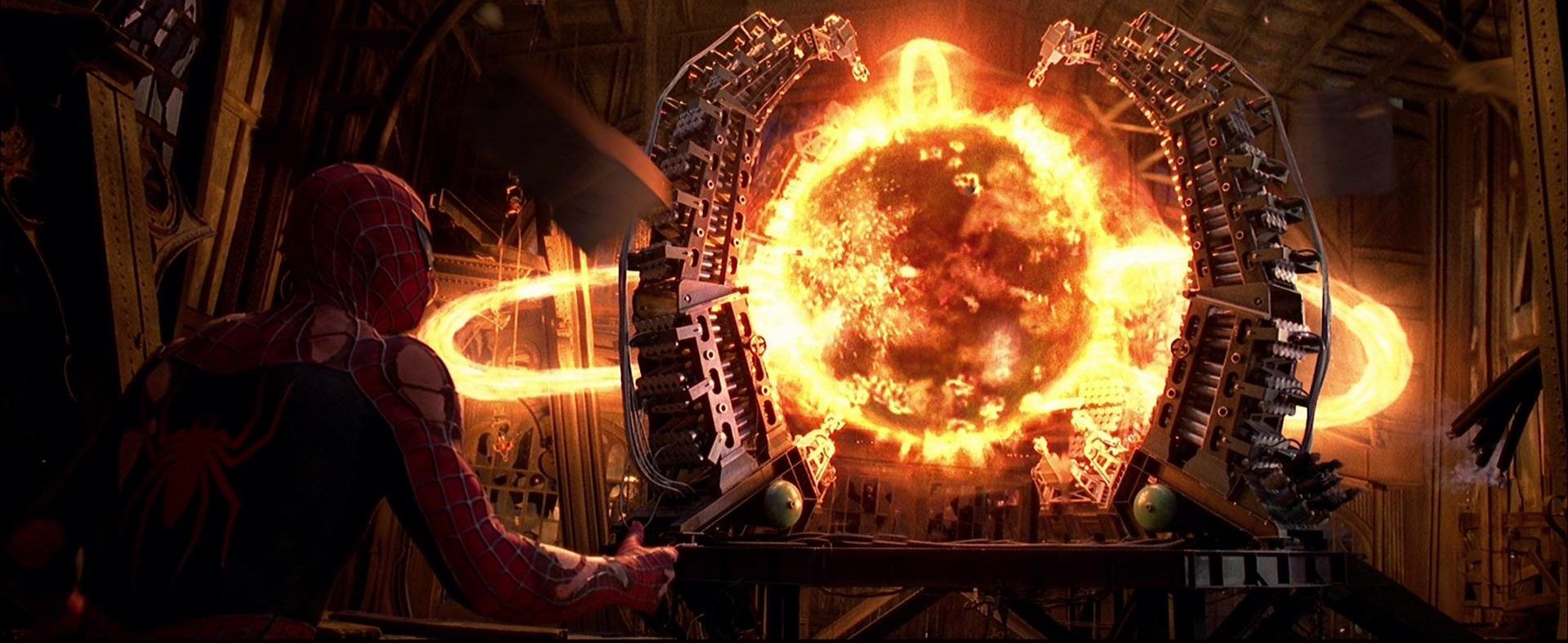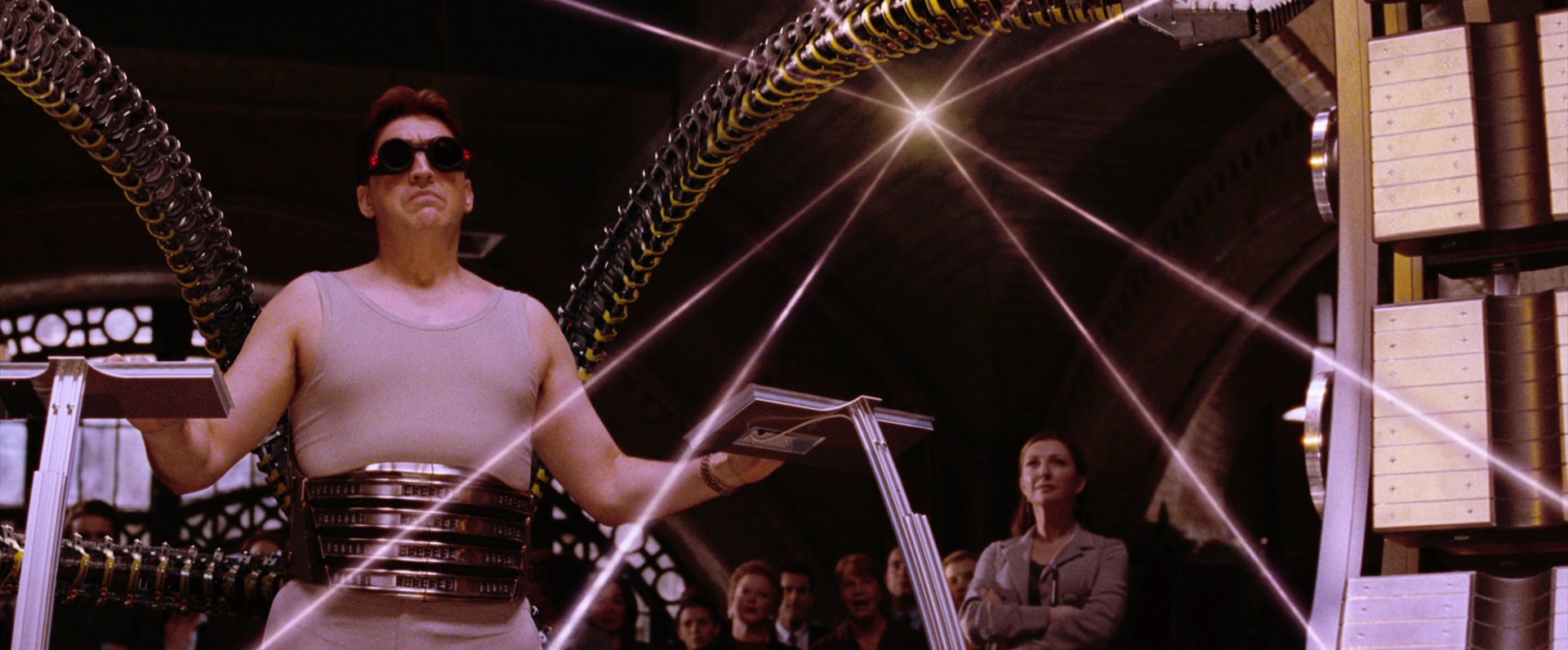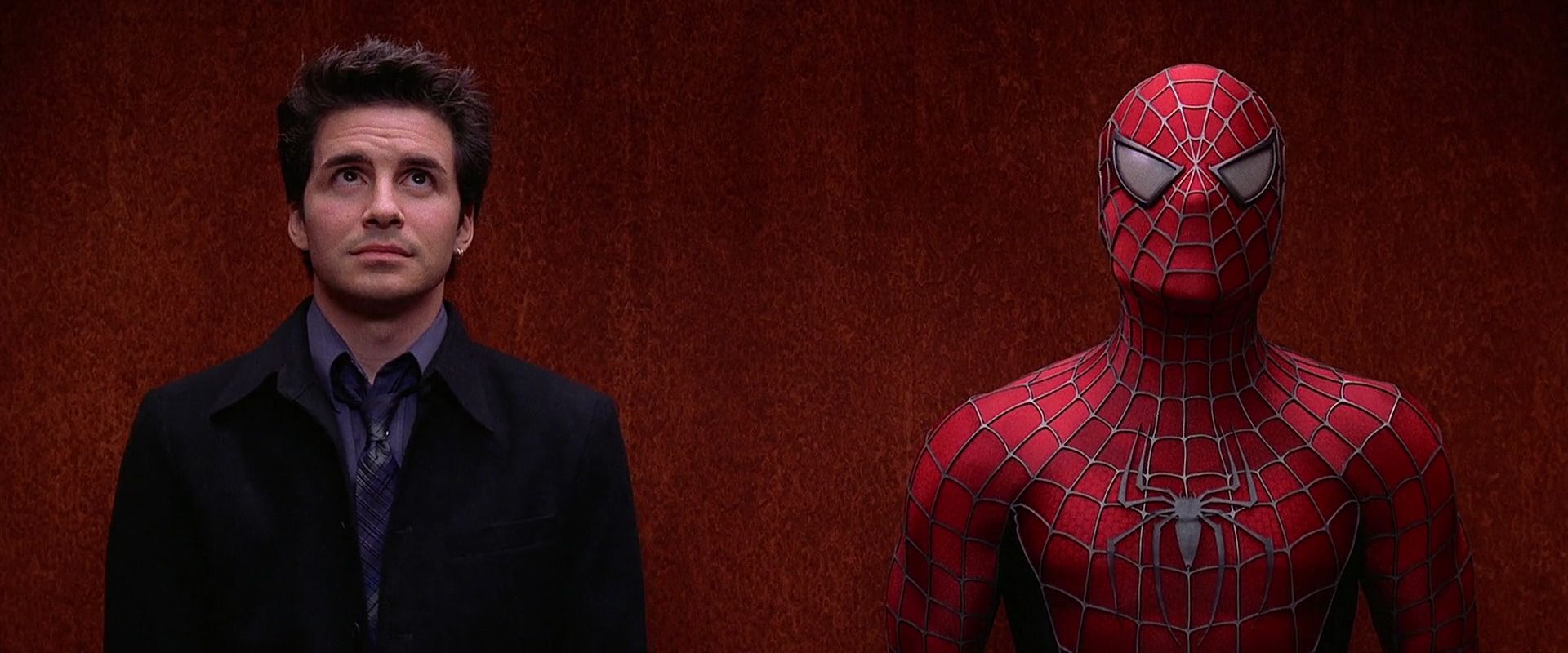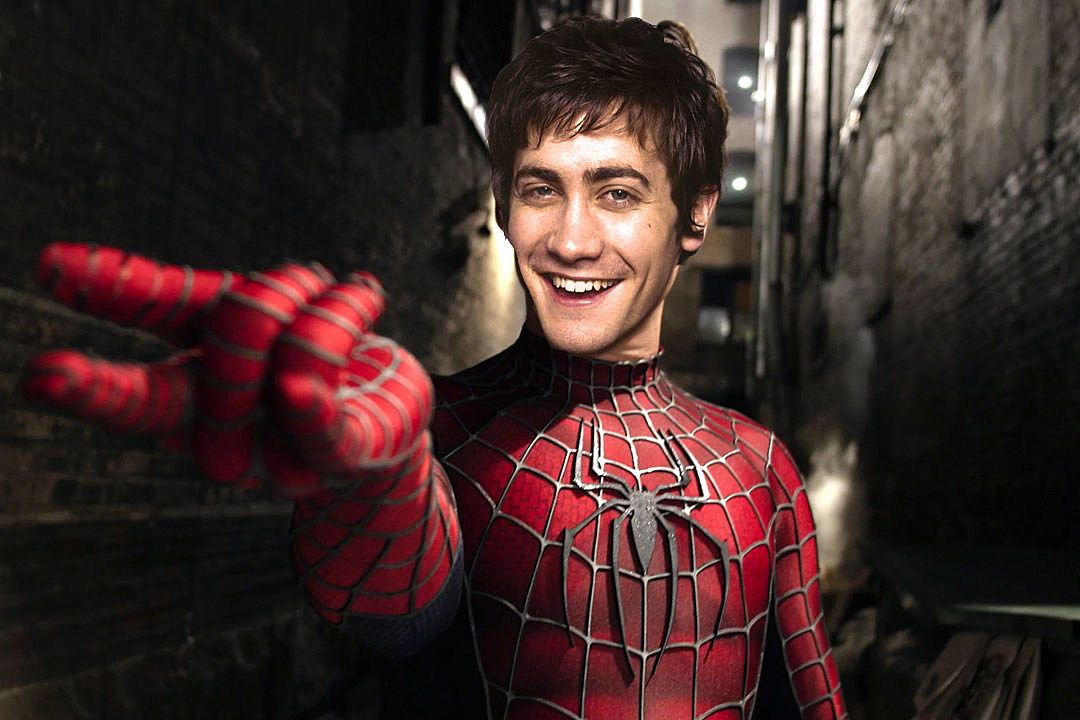The Spider-Man films have not been consistent, but most superhero films aren't. There have always been, and will always be, one or two installments that stand out in a franchise. Sometimes these films remain among the best, even though time and technology have since moved on. One such movie is undeniably Spider-Man 2.
This follow-up to Sam Raimi's 2002 film surpasses the original in almost every way. It also blows its own sequel out of the water by a mile. Spider-Man 2 was the highlight of Sam Raimi's franchise and perhaps the highlight of all of the Spider-Man films. Sure, Tom Holland's take on the character in the MCU is fun, but it isn't nearly as emotionally impactful as this 2004 flick-- at least, not yet.
There are many reasons why this film is so strong. Firstly, the script is particularly heartfelt and multi-dimensional. It's also firmly grounded in its own reality, never breaking the rules of its univers-- something that can't be said for all Marvel movies. Then there's the stellar cast that includes Tobey Maguire, Kirsten Dunst, Alfred Molina, J.K. Simmons, and Rosemary Harris. Of course, we cannot forget Sam Raimi and his entire team who worked tirelessly to bring his vision to life. What's most fascinating of all is exactly how this team breathed life into this story. This is why we must dive into the deep end and discuss the making of this 2004 superhero classic.
Here are 20 Crazy Details Behind The Making Of Spider-Man 2.
Doc Ock Was Supposed To Be In the First Movie
Creating a movie villain is no easy task. Lucky, Spider-Man has an entire rogue's gallery full of interesting evil-doers. This undoubtedly made the scripting process easier for Spider-Man 2. However, the film's producer, Laura Ziskin, says that Doc Ock was actually considered for the original Spider-Man. Before the first film was shot, director Sam Raimi had already begun designing the character.
Doc Ock was supposed to team up with the Green Goblin to take on Spider-Man.
However, Sam Raimi later decided against it since the movie already had too many moving parts. The addition of Ock's origin would have made the film lose its focus. Since the filmmakers liked the character so much, and work had already been done, he was used for Spider-Man 2.
Harry Originally Had A Hit Out On Spider-Man
One of the biggest conflicts within Sam Raimi's Spider-Man Trilogy is between Harry Osborn and Peter Parker. The two grew up as best friends, but their relationship changed forever when Harry's father met his end. After the events of the first film, where the Green Goblin is taken out by his glider, Harry built up an unbridled rage for Spider-Man. This anger continued into the second film but was supposed to be portrayed in a different way. In fact, an entire plotline was taken out of the script.
This plotline involved a hit that Harry put out on Spider-Man's head. The filmmakers chose to remove it because they found exploring the relationship dynamic between Harry and Peter more interesting, particularly because Harry believed that Peter knew how to contact Spider-Man.
The Train Sequence Was Storyboarded During The First Movie
Before Sam Raimi had a script for his second Spider-Man film, he knew many of the set pieces he wanted to see. In fact, the first film wasn't even completed when he had storyboards made. Some of these storyboards were even constructed digitally.
This helped to plan camera movements as well as CGI decisions.
One of the biggest set pieces that he planned beforehand was the subway train fight. Although Raimi didn't yet have a story for the film, he knew the hero and the villain. Most of all, he was certain that the action scene would make a bold cinematic statement. These highly detailed storyboards came in handy for the editor, who was able to help consult on what Raimi would need to photograph in order to bring the scene to life.
Doc Ock Was Supposed To Be In A Love Triangle With Mary Jane
Executive Producer Avi Arad says that there were many different approaches that were considered for the character of Doctor Octopus. The first approach was a very standard one; Doc Ock was simply supposed to be a mad scientist who created this wonderful energy system. The filmmakers then developed other ideas that were more out-of-the-box. One of these ideas probably would have ended up being somewhat controversial.
The thought was to portray Doc Ock as a younger man who had a strong romantic interest in Mary Jane. Some of the feelings would be reciprocated, making Spider-Man 2 ultimately about a love triangle between the two of them and Peter Parker. After much deliberation, the idea was scrapped, saving us from what would have been a pretty strange film.
The fire and explosions in the burning Building Scene Were real
The burning building scene in Spider-Man 2 was designed to be double the size of the one in the first film. The filmmakers were able to do this because they physically built the set on their backlot at Universal instead of using a real-life location like they had in the first film. This allowed them to have complete control over their environment. The decision to do this added to the believability of the movie-- even the flames were real.
This made it far more dangerous for Tobey Maguire, who actually ran in and out of the burning building.
The explosions were all controlled as well. The practical effects geniuses used oxygen canisters that shot air at the fire, making it grow rapidly.
Tobey Maguire was afraid it would be terrible
It's quite common for studios to contractually obligate their stars to multiple movies right from the get-go. This is because they want to maintain cast consistency throughout their franchise. This is precisely what happened with Tobey Maguire when he was brought on to play Peter Parker/Spider-Man in Sam Raimi's 2002 film.
Once the arrival date for the Spider-Man 2 script was approaching, Maguire admitted that he had become very nervous. He wasn't sure if the project was going to be any good or not. He then claimed that the first feeling he had, once he read it, was that of relief. Unfortunately for Maguire and the audience, it's doubtful that he experienced the same feeling once the script for Spider-Man 3 rolled around.
Ock's Arms Were Both Real
Nowadays, it seems like big-budget filmmakers don't see a need for practical effects because CGI is so readily available. However, some of the most convincing action sequences have been created with a mix of practical and visual effects. An example of this would be Doctor Octopus' mechanical arms in Spider-Man 2.
Doc Ock actor Alfred Molina, as well as his stunt double, was fitted with a suit that actually had these arms.
Crewpeople would operate their larger movements while others would move the robotic claws remotely. This added a level of realism to the movie. When Spider-Man got hit with one of these limbs, he could actually feel their weight against his body. Of course, for wide-shots, as well as for complex fight choreography, digital effects were used to bring his arms to life.
Jameson Wore The Spidey Suit In A Cut Scene
Some scenes didn't make it into the final cut of the film. Among these scenes was a moment where J. Jonah Jameson is running around his office dressed up as Spider-Man. Of course, Jameson believes he's alone while acting out the powers of his greatest nemesis. However, he's actually being watched by his some of his staff members, including Elizabeth Banks' Betty.
This moment would have taken place after Spider-Man's discarded suit was brought to Jameson's newsdesk. Although the scene is admittedly funny and well acted by the great J.K. Simmons, it probably wouldn't have added much to the final film.
Ock's Costume Weighed Over 100 Pounds
One of the reasons why Alfred Molina wanted to play Doc Ock was because his arms weren't going to be entirely computer-generated. In fact, Sam Raimi had a suit designed before the script was even finished. This extremely heavy suit, which included the four tentacles, gave Molina something to interact with. Although the creation of the suit proved to be complicated, the filmmakers ultimately came up with something that had the right proportion, style, and balance.
This suit was comprised of multiple parts.
Firstly, there was the corset. On top of that two girdles were worn, on the back and front. The girdles held up the arms, which were controlled remotely. Then there was the spine piece that lifted up from the back. All in all, the suit weighed about 100 pounds.
Tobey And Kirsten Did Most Of Their Stunts
Similar to the first film, Spider-Man actor Tobey Maguire wanted to do as many stunts as possible. He explained that he loved the physical challenge as well as the feeling of accomplishment when he pulled them off. Additionally, it was helpful for the filmmakers that Maguire to do stunts. It meant that the camera could actually focus on his face. Otherwise, they'd have to digitally replace his stunt double's face.
Kirsten Dunst (Mary Jane) had the same feelings as Maguire on the matter. She was dedicated to taking part in as many stunts as she possibly could, even if it was suggested that she shouldn't. Her involvement added to the realism of the film.
Willem Dafoe Surprised Alfred Molina On Set
Doc Ock actor, Alfred Molina, was surprised by a secret visitor while shooting Spider-Man 2. The set-visit happened while they were filming the scene where Doc Ock gets his mechanical arms welded to his body. Molina was offset on a break, which allowed Sam Raimi to sneak in Willem Dafoe. He even placed the Spider-Man villain in Molina's spot on set.
When Molina returned from his break, he found the cameras rolling and Dafoe acting out his Doc Ock dialogue.
This set visit inspired the writers to add in a cameo for Willem Dafoe's Norman Osborn. This cameo, seen at the end of Spider-Man 2, acted as a cliffhanger for his son Harry, leading into the third film.
Ock's Tricky Wire-Work
Wirework is generally quite complicated due to logistical and safety reasons. However, once everything is set up, the movement of these wires is usually pretty standard; it's up, down, and side-to-side. This wasn't the case whenever the filmmakers had to show Doc Ock being carried by his CG arms.
Realistically, his giant mechanical arms would move one at a time, jolting his body in strange motions as they grasped the ground and pulled themselves forward. This is precisely what the filmmakers wanted to capture. In order to do this, they not only needed to suspend Alfred Molina in the air but also maneuver his wire-work accordingly. To do this, they created a special rig that was meant to mimic this particularly jarring movement.
Rosemary Harris Did Her Own Stunts
Although Rosemary Harris had some experience with wire-work when playing Peter Pan in an outdoor production, it was nothing in comparison to what she did in Spider-Man 2. Originally, Sam Raimi and the stunt team didn't want Harris doing her own stunts.
She was 70 at the time.
Once Harris saw that her elderly stunt double could do it, she was more than game. She managed to convince Raimi that she was capable of flying through the air with Spider-Man herself. Though other actors were afraid to do their own stunt work, she found it exhilarating. Apparently, the first thing she said after doing it for the first time was, "Let's do it again!"
Alfred Molina Didn't Do His Own Stunts
With the exception of a few close-ups, Alfred Molina (Doctor Octopus) didn't do his own stunts in Spider-Man 2. He gave two main reasons why he didn't take part in the stunt work when he didn't have to.
Firstly, he said hat he didn't want to put any stuntperson out of work. After all, these professionals don't take his acting roles, why should he take jobs that they were trained to do? He said that they pay him the compliment of not putting him out of work, therefore he wanted to do the same for them. Secondly, he admitted that he wasn't very good at stunts and didn't want to hurt himself or others. Although these decisions cost the production more money, they kept people employed and safe.
The Hospital Scene Was An Homage To Raimi's Horror Movies
Editor Bob Murawski was an easy choice for piecing together Spider-Man 2. Not only did he edit Raimi's first Spider-Man film, but he also shares the same love of suspense and thrillers. This trait came in handy for one of Spider-Man 2's most intense sequences. Although the film constantly blends multiple genres, the hospital scene is easily downright horror.
It was designed to be an homage to Raimi's earlier horror work, namely The Evil Dead and Army of Darkness.
It's surprising that the studio went for such a scene, since it's particularly brutal. It didn't show any gore. Instead, it was merely implied via the use of silhouettes and shadows. Ultimately, it was clever filming and editing that made this sequence so memorable.
A Camera Flew Through The Air Like Spider-Man
In order to track stunt doubles and a computer-generated Spider-Man through the air, a special camera had to be rigged to mimic their movements. This camera, affectionately named "Spydercam", was only used once in the first film. The filmmakers found it so effective that they brought it on in a much bigger capacity for the sequel.
The original technique that was used for Spider-Man's swinging drew too much attention to the camera itself. The filmmakers decided that a more practical approach would be more effective. For Spider-Man 2, the Spydercam was rigged to wires that allowe it to move smoothly through the air at practically any height or direction. It was primarily used during the train sequence, and also whenever Spider-Man swings through the city.
Most Of What Was Shot Was Used
It's very uncommon for a film of this size to use everything that was shot. In fact, the editing process usually cuts down a lot of material that the filmmakers originally thought was necessary to include. Although Spider-Man 2 did cut a couple of small scenes, as well as shortened major sequences, most of what was shot ended up in the final cut of the film.
Editor Bob Murawski explained that some of the dramatic scenes were more effective when they were tightened up a bit.
In particular, a scene between Mary Jane and Peter in Aunt May's backyard was shortened substantially. Additionally, a final scene with Ursula, Peter's next door neighbor, was cut entirely. The fact that so much of what was shot ended up in the film proves just how effective their planning was before going into production.
Alfred Molina Was Worried That His Character Wouldn't Have Depth
When Alfred Molina first sat down with director Sam Raimi, he wasn't sure if he was actually a serious contender for the part as he hadn't done anything like Spider-Man 2 before. Although he was interested, he claims that he did have some reservations about the role. Namely, he was worried that the character wouldn't have depth and would just be a mindless villain.
Molina was drawn to the character due to his research. He found that every incarnation of Doc Ock had a weird and intelligent sense of humor. However, he wasn't sure how the character would be portrayed. It took until he began shooting to see that Sam Raimi really did care about the man behind the villain. This allowed Alfred to explore Otto Octavius in depth.
They Struggled to Film The Spidey Logo
It may surprise some readers that Sam Raimi had a hard time shooting the insignia on the front of Spider-Man's suit. This is because he didn't want his shot to cut the insignia in half. He wanted to avoid breaking the graphic on screen as much as possible.
This meant that the costume designers had to place the spider insignia at just the right height on Tobey Maguire's chest.
Raimi also had to use a wide-angle lens in order to capture all of his upper-torso in medium shots, without making him appear too small in the frame. Though Raimi ran into a similar problem on the first film, the costume was redesigned to appear sleeker and more vibrant in Spider-Man 2.
Tobey Almost Got Replaced
The media adores film industry drama, especially when it revolves around "difficult" actors. But contract disputes are common in Hollywood. After all, it's show business. If someone believes they can get a raise, they're going to try. This is reportedly what happened before Spider-Man 2 went into production.
Although Tobey Maguire said that a recent back injury made it unsafe for him to film the sequel, the studio and the press believed differently. Reportedly, the studio was so convinced that Tobey was using his injury as a ploy for a pay raise that they considered replacing him.
Executive Producer Avi Arad met with Jake Gyllenhaal, who many claim was meant to be Maguire's replacement.
Luckily, Maguire buckled down and returned to work. Coincidentally, Gyllenhaal has reportedly been cast as Mysterio for the MCU's Spider-Man: Far From Home.
---
What do you think is the craziest fact about the making of Spider-Man 2? Let us know in the comments!

